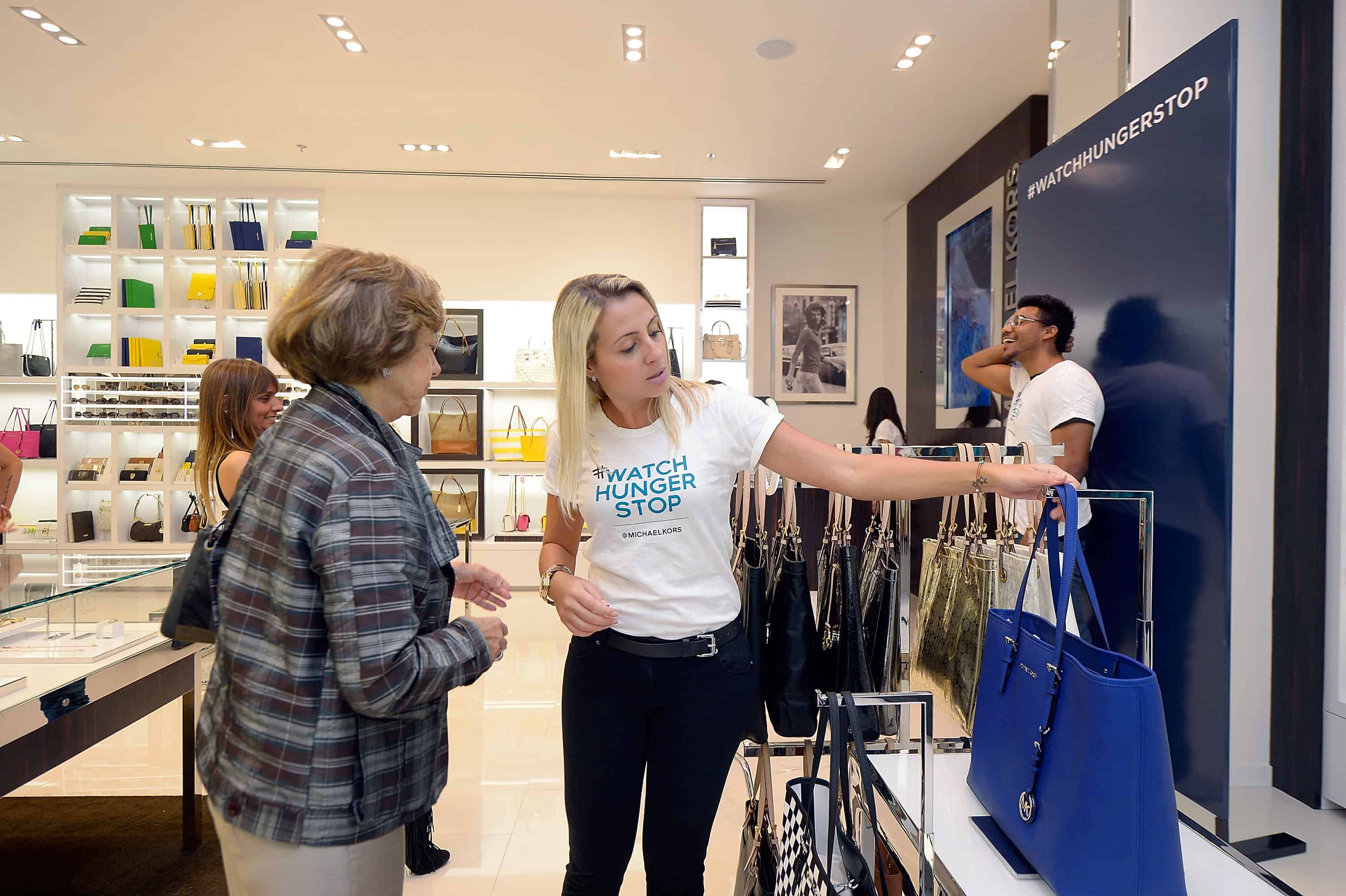RULE number one for buying fabrics in Costa Rica? Get the terminology correct. The generic word in Spanish for fabric is tela. Don’t ask for fábrica—that’s a factory. According to the experts (and most upscale places), it’s wise to employ someone who speaks English if your “Spanish for Shopping” skills aren’t up to the task— the rest is quite subjective.
“We all have good taste, meaning that everyone has their own taste,” explains Sara Urbina of KA International. That said, fabric sellers here do offer advice and will attempt to steer you in the right direction, or “guide the client in a subtle way,” as Urbina describes it.
PRIMARY colors have always been popular in lowland areas, with decorators in the cooler Central Valley opting for more subdued tones, says Johnny Valverde of San José’s Distribuidora Selecta. But don’t be surprised to walk into a home in the capital these days and see a bright palm-tree or pineapple design on someone’s curtains, says Michael Cava of FJ Escazú. The trend is just beginning to move toward bright colors and strong prints, something from which most people in this tropical country have traditionally shied away.
The key to being able to take such intrepid steps with fabric choices is the mix-and-match approach that most quality dealers employ. Walk into KA International’s showroom, for example, and you’ll see fabric samples grouped by color: the reds, the greens, the blues, and so on. Tones carry between fabrics in color groups. Sticking with one group for a room helps clients work their way through the myriad colors. Such a system also makes it unnecessary to go from store to store.
“Textures and prints in the curtains can match the pillows, sofa, and chair,” Urbina says. Such a color-based approach allows you to plan for future decorating needs with a minimum of muss and fuss, she adds. It is not necessary to go with a conservative beige this year just because you know it won’t clash with something more daring you might decide to do next year.
Urbina recommends buying enough fabric for the job. Although firms like KA International are part of international franchises that create their own designs and can order more of your choice later, it’s best not to run out. With five or six shipments per year, the wait is never long, but could be a few weeks.
HEAVIER fabrics have traditionally been the choice for the cooler Central Valley, with lighter cottons, linens, and chenilles holding sway in warmer climates. But Cava says that is changing with air conditioning helping to bring parity to the two interior climates. Blends are the newest trend in fabrics these days. Viscose can add a bit of silky shine to cotton, while jute can add a rustic touch or loosen the weave to make it cooler.
And there’s even no need to recoil from the dreaded “P” word. “Everyone hears the term ‘polyester’ and thinks of 1970s leisure suits,” Urbina says. “But polyester is back.” The newer, high-quality synthetic fabrics can be added to wool or linen in a 25% blend to impart a certain sturdiness and help it wear longer. Maintenance is low with water-resistant polyesters such as Durapela and Teflon. (No, the couch will feel more like suede or leather and not at all like a frying pan.)
Expect to pay $20-60 per meter for quality fabrics at high-end places. (Upholstering a standard-size couch, for example, should take 14-16 meters of fabric.)
FOR those prices, which are decidedly higher than what you’d pay at mass purveyors where the typical family shops, you’ll receive top-notch fabrics with no irregularities, and a firm that stands by its product. In-store advice is free, but house calls and labor run extra.








